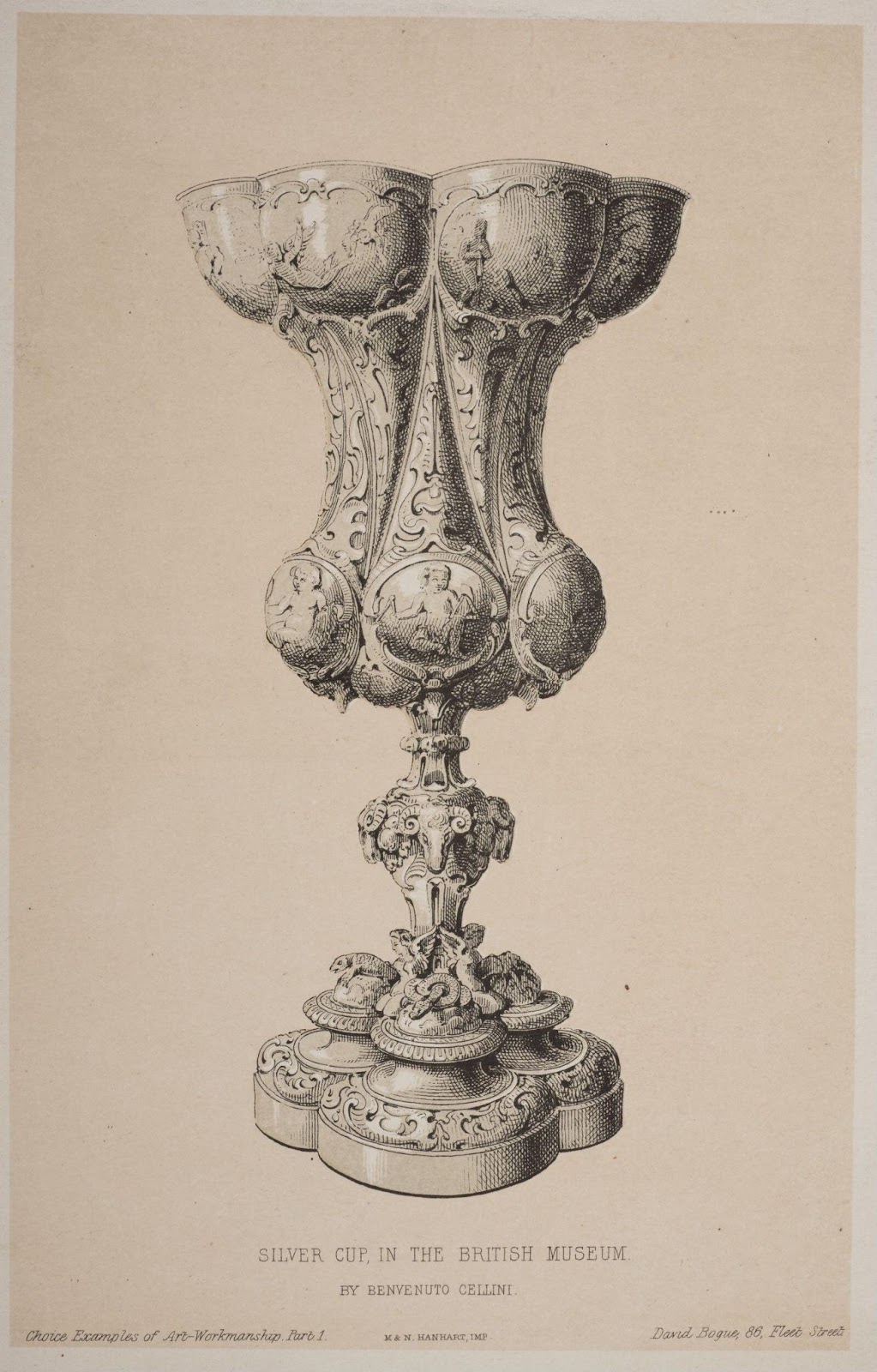#History #Goldsmith #Alfred #Ivory #Cellini #Elizabethan #Pattern #Work
.
During the Victorian era the refined tastes of royalty, nobility and the well heeled expected the finest gold & silversmiths in the United Kingdom to craft superbly ornamented jewellery & silverware. These pieces are so well made and beautiful that they are still highly prized and sought-after in the 21st century. The desire for superbly ornamented pieces expressed itself in the popularity of Cellini & Elizabethan pattern work.
Photo – British Museum
Print by William Harry Rogers of a silver cup* by Benvenuto Cellini, housed in the British Museum.
Lithograph on cream-coloured paper. British. 1825-1873
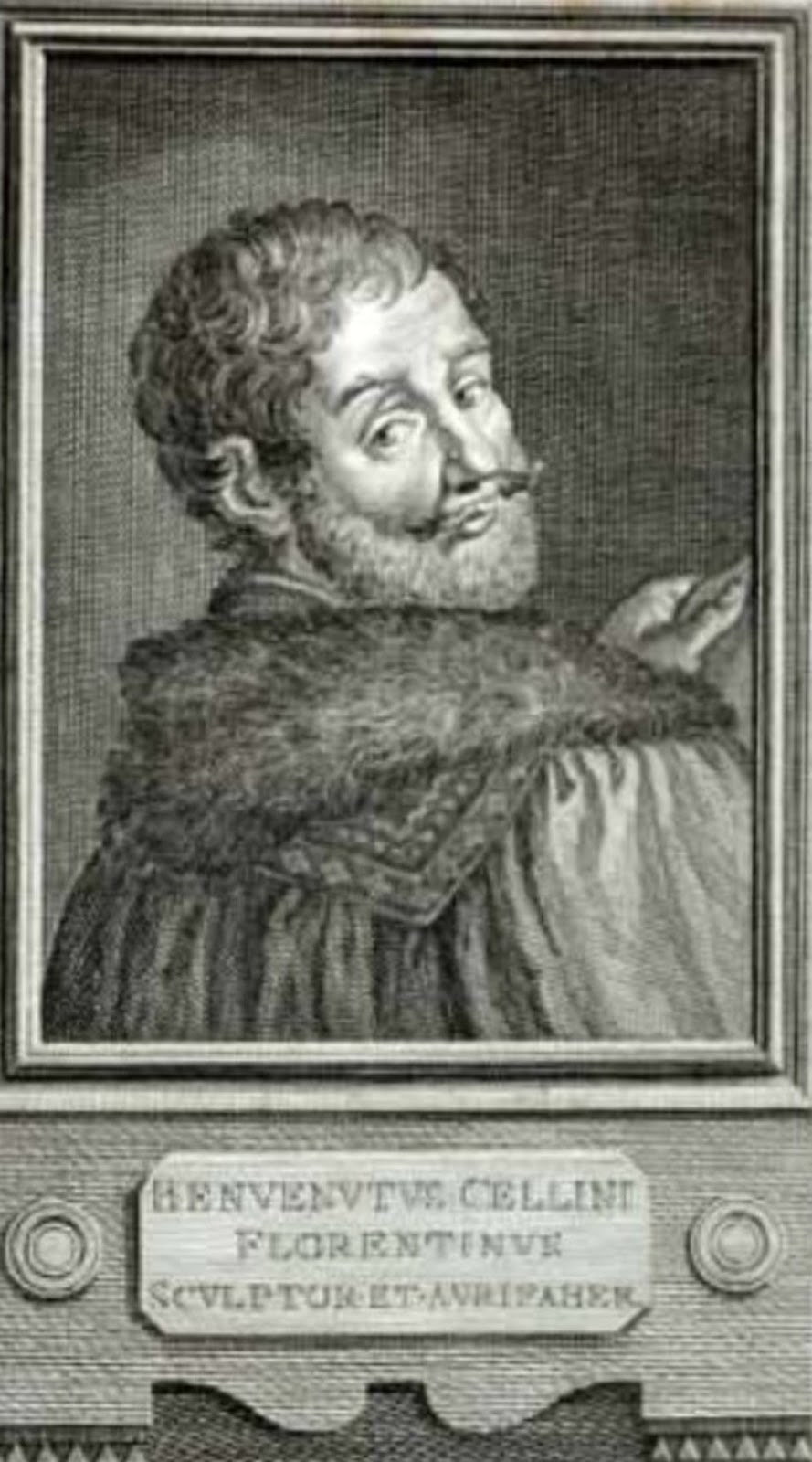
BENVENUTO CELLINI
(3 November 1500 – 13 February 1571)
Source: Wikipedia O.Kotinos
The terms Cellini pattern or Cellini pattern work refer to the most splendidly ornamented gold, silver or objet d’art. The makers of which sought inspiration from the work of Benvenuto Cellini.
Cellini was a superb Italian goldsmith, sculptor and author. Cellini’s remarkable creations influenced and inspired so many goldsmiths, artists and sculptors during and since the Renaissance era.
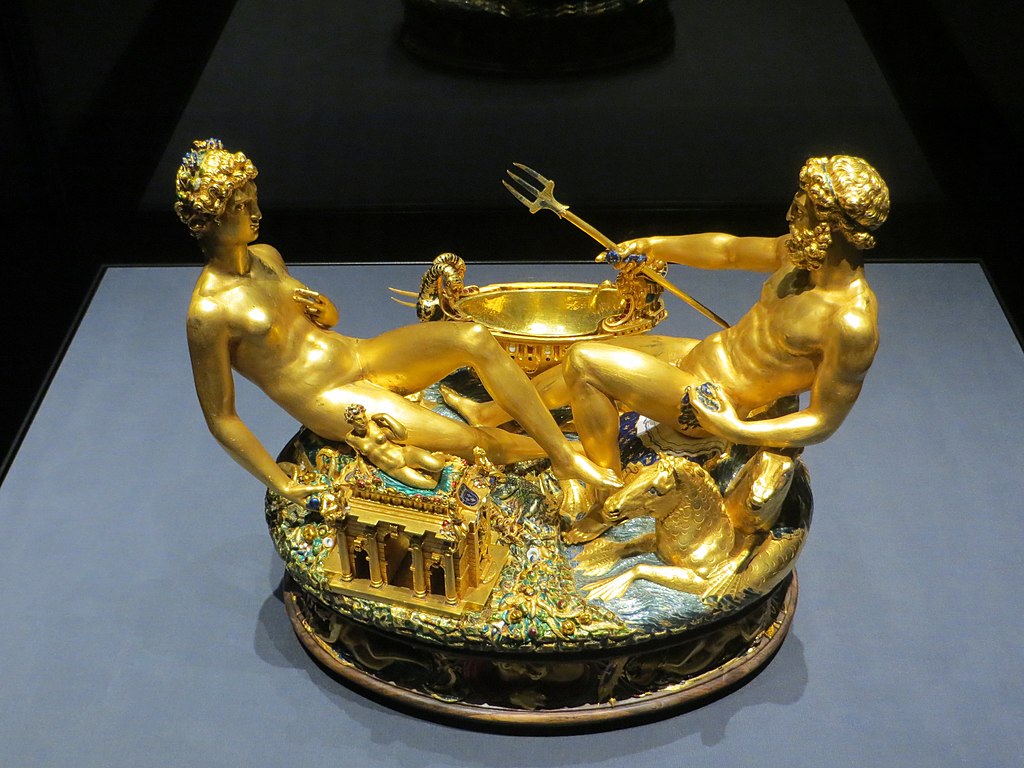
PART-ENAMELLED GOLD SALT CELLAR BY BENVENUTO CELLINI (1543)
Photo: Jononmac46
The Cellini Salt Cellar is a part-enamelled gold table sculpture by Benvenuto Cellini.
This piece was completed in 1543 for Francis I of France. The work is the only extant gold sculpture by Benvenuto Cellini and it is the most famous of Renaissance extant gold sculpture work.
The work is fascinating and those who wish to know more about this artist would do well to read Cellini’s book I trattati dell’oreficieria e della Scultura (Treatises on Goldsmithing and Sculpture).
Silverware similar in style to Cellini’s silver cup* was produced throughout the Elizabethan era for royalty and elite nobility.
These pieces inspired the Victorian era gold and silversmiths to craft Elizabethan pattern work tableware, cutlery and decorative jugs known as ewers.
Alfred Ivory was famed for his Cellini / Elizabethan pattern work ewers.

ELIZABETHAN SILVER GILT STANDING SALT
Source: Met. Museum
Both the previous images are of fabulous salt cellars. During these eras salt was so valuable that it was a status symbol. During the reign of Queen Elizabeth I the standing salt was placed prominently to the right of the host, indicating their lofty status.
Almost three hundred years after Cellini delighted the world with his creativity & genius, Alfred Ivory would take over the running of the family gold and silversmith business.
His talent for crafting the most ornate jewellery & objets d’art still delights and amazes all who set eyes on them.
Alfred Ivory was born into a family of gold and silversmiths.
While the Ivory family tree is not complete and some information is a little vague we will list what is widely held knowledge. Although we will begin with Sage Ivory, it is highly likely that he is not the first member of the Ivory family to be involved with the gold and silversmithing trades.
Sage Ivory was listed as silversmith in the trade directory shown below.
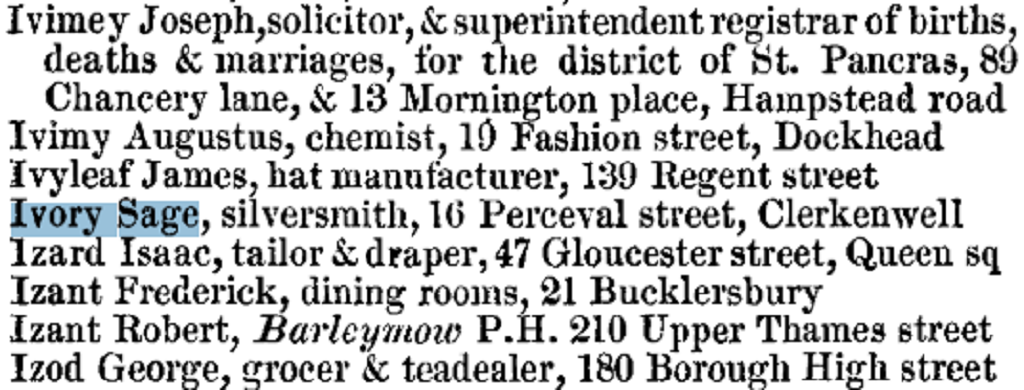
1841 TRADE DIRECTORY
In the same year as the trade directory was published, Sage Ivory was listed in the Census return for 16 Percival Street (slightly different spelling than above but still the same place). He was stated to be a 55 year old silversmith. Eliylt Ivory, also aged 55 years old, is listed at this address. Maria & Sarah Ivory were both 20 years of age at the time of the census. Matilda Ivory appears to be the youngest member of the household aged 15 years.
A silversmith named Edward Deere aged 25 years is also listed at this address, so too is Emily Deere aged 18. It is not known if Deere worked with or for Sage Ivory.
The address of 16 Percival Street no longer exists.
However, many of these addresses were both business premises and dwellings which were often spread over three to five storeys and so it is entirely possible that multiple businesses could be housed at this address.
Sage Ivory passed on 19 June 1865

ST MATTHEW BETHANAL GREEN (V&A)
St. Matthew Bethnal Green, Etching by W. Angus after a drawing by G. Shepherd, London, 1818
The etching was given by the Hon. Arthur Villiers.
Sage Ivory is said to be the father of George Ivory, who was christened at St. Matthew’s Church, Bethnal Green.
George Ivory is said to be the son of Sage. He was not listed at the Percival Street address in the 1841 census.
This could be because he was apprenticed to another firm elsewhere.
In 1844 George Ivory is recorded as being located 53 Compton Street, Clerkenwell where he is listed as a silversmith until 1854. Then he moved to 8 St. James’ Walk in 1855 where he practised his trade until 1860. Strangely, no one knows what happened to him for certain after this date.
In 1860 Elizabeth Ivory (mother of Alfred Ivory) ran the firm from the same premises but the address was renamed (this often happened during the Victorian era). The numeral changed from 8 to 27 but it was the same place. This address sadly no longer exists. An apartment block has replaced it. On the other side of the road we see houses (below) that are similar to what would have existed on the side of the road where number 27 was sited. These four or five storey Georgian/early Victorian properties often served as showrooms, workshops and dwellings.
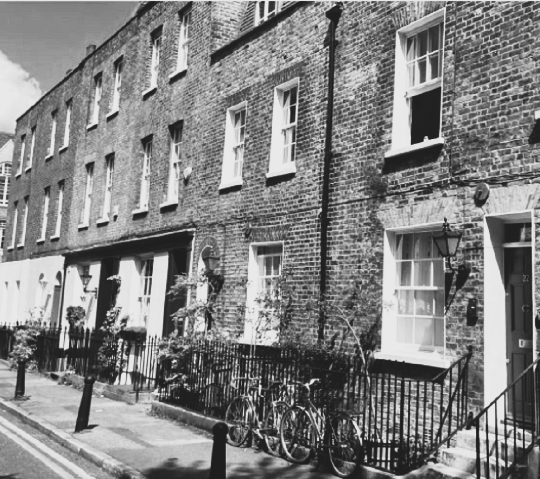
ST. JAMES’ WALK CLERKENWELL, LONDON
Elizabeth Ivory, nee Elizabeth Beckwith was born c. 1789. She was the daughter of Jonah Beckwith, also a silversmith. Elizabeth Ivory registered her mark on 29 Oct 1860 from St. James Walk, Clerkenwell. Elizabeth passed away in 1861. By this time Alfred Ivory was running the business.

THE MARK OF ELIZABETH IVORY
Both Elizabeth & Alfred Ivory were commissioned by John & Thomas Turner of 58 & 59 New Bond Street London. In 1841 this firm was listed as goldsmiths to HM Queen Victoria.
The Ivory family was highly regarded for their gold & silversmithing talents.
The locket shown below is a good example of the elaborate ornamentation which was typical of Alfred Ivory jewellery. Not one 1 mm is spared his engraving talents.
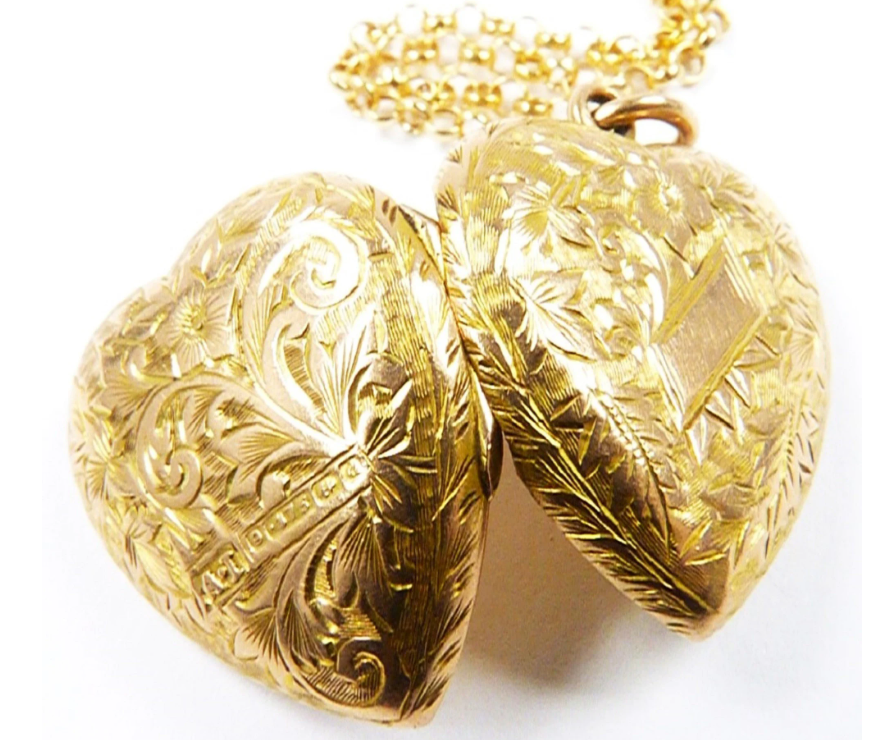
THE MARK OF ALFRED IVORY
A golden heart! The ultimate Victorian era love token! This wonderful deep bodied, superbly wrought and finely embellished antique locket displays workmanship of the highest order. The locket was assayed* (tested for gold purity*) at Birmingham Assay Office in 1900.
The exterior surfaces are ornamented with ferns, forget-me-not flowers, acanthus and ivy leaves.
Ferns symbolise sincerity.
Forget-me-not flowers convey the feelings of true love and respect.
Acanthus leaves represent the desire for everlasting life.
Ivy leaves convey the desire for everlasting love, deep friendship and fidelity.

More fully hallmarked antique gold jewellery.
Sources:
Met. Museum
Bonhams
British Museum
Jononmac46
Wikipedia

